Navigating the Evolving Insurance Landscape
The cost of protecting your home and vehicle is a significant part of many household budgets in the United States. While it often feels like insurance premiums are always on an upward trend, there are specific conditions and reforms that lead to the question: Why auto home insurance rates decrease? Understanding the dynamics of the insurance market, including the factors that cause rates to fluctuate, is crucial for consumers looking to manage their expenses effectively.
The insurance industry is highly sensitive to economic shifts, natural disaster occurrences, and legislative changes. These external forces often dictate the overall market stability and, consequently, the premiums policyholders pay. For many, a decrease in rates can seem like a welcome anomaly, but it’s usually the result of a deliberate confluence of positive trends and proactive measures.
Understanding What Drove Past Insurance Rate Increases
Before exploring why rates might decrease, it’s helpful to understand the common catalysts behind premium increases. Over recent years, several factors have contributed to a challenging insurance environment:
- Inflation and Rising Costs: General economic inflation has impacted the cost of everything, including vehicle parts, home repair materials, and labor. When it costs more for insurers to repair or replace damaged property, these increased expenses are often passed on to policyholders through higher premiums.
- Increased Frequency and Severity of Claims: Both auto and home insurance markets have seen a rise in the frequency and severity of claims. For auto insurance, this can be due to more accidents, an increase in vehicle theft, or the rising cost of advanced vehicle technology which makes repairs more expensive. For home insurance, severe weather events like hurricanes, floods, and wildfires have become more frequent and destructive, leading to substantial payouts by insurers.
- Litigation Trends: In some regions, a rise in fraudulent or excessive litigation, particularly related to property damage claims and auto glass repairs, has driven up costs for insurers. This ultimately affects rates for all policyholders in those areas.
- Reinsurance Costs: Insurers themselves purchase reinsurance to protect against large losses, especially from catastrophic events. When global reinsurance markets harden due to widespread losses, the cost of this protection increases, influencing direct consumer premiums.
Transformative Reforms: Setting the Stage for Stability
When insurance markets experience prolonged instability and rising rates, state governments and regulatory bodies often step in to implement reforms. These reforms aim to create a more balanced and competitive market, ultimately benefiting consumers. Such legislative changes typically focus on:
- Tort Reform: Laws designed to curb excessive litigation and reduce the incentives for frivolous lawsuits can significantly lower an insurer’s operational costs. This includes measures that limit one-way attorney fees or address issues like Assignment of Benefits (AOB) abuses, which can inflate claims.
- Consumer Protection Measures: Reforms can also focus on strengthening insurer accountability and improving transparency, ensuring that companies handle claims fairly and promptly. This helps build consumer confidence and streamline the claims process.
- Market Stabilization Programs: Some states may introduce programs, often temporary, to provide a financial backstop to insurers or encourage more companies to enter the market. This can help absorb some of the initial shock of large losses and foster competition.
- Home Hardening Incentives: Initiatives that encourage homeowners to fortify their properties against natural disasters, such as grants or premium discounts for installing storm shutters or reinforced roofing, can reduce future claims and lead to lower rates over time. For strategies on managing home insurance costs, particularly for properties facing challenges, consider exploring our insights on Uninsurable Property Home Insurance Solutions.
Why Auto Home Insurance Rates Decrease: The Impact of a Healthier Market
So, why auto home insurance rates decrease? The primary driver behind rate reductions is often the successful implementation of the reforms mentioned above, leading to a healthier, more competitive insurance market. When conditions improve, insurers face lower costs, which can then be passed on to policyholders.
Here are some key reasons:
- Reduced Litigation: Effective tort reforms that significantly reduce the number of lawsuits and the associated legal costs directly translate to lower operational expenses for insurance companies. When insurers pay less in legal fees, they have more capacity to reduce premiums. For example, dramatic declines in auto glass repair litigation, as seen in some states after reforms, directly contribute to auto insurance rate decreases.
- Improved Claims Environment: A reduction in fraudulent claims, or a decrease in the overall frequency and severity of losses due to proactive risk mitigation and fewer catastrophic events, allows insurers to stabilize their financial outlook.
- Increased Competition: When a market becomes more predictable and profitable, new insurance companies are more likely to enter, and existing ones are more willing to expand their business. This increased competition drives insurers to offer more competitive rates and a wider array of products to attract and retain customers.
- Data-Driven Pricing: As insurers leverage more sophisticated data analytics and telematics, they can price policies more accurately based on individual risk profiles. For safe drivers and well-maintained homes, this can mean lower rates.
Increased Competition and Consumer Choice
A key indicator of a stabilizing or improving insurance market is the influx of new companies and the expansion of existing ones. When more insurers operate in a state, it naturally leads to increased competition. This competition forces companies to:
- Offer more attractive pricing to win market share.
- Develop innovative products and discounts to differentiate themselves.
- Enhance customer service to retain policyholders.
This dynamic shifts power back to the consumer, providing more choice and potentially leading to better coverage options at more affordable prices. The ability to shop around and compare quotes from multiple providers becomes a powerful tool for policyholders to find the best rates for their specific needs.
Significant Savings for Drivers: Lower Auto Premiums Explained
For auto insurance, rate reductions often stem from a combination of the broader market improvements and specific factors related to vehicle claims. When legal reforms limit inflated claims, particularly in areas like auto glass repairs, insurers see a direct decrease in their payout liabilities. This, coupled with a potentially lower frequency of accidents or reduced costs of vehicle repairs, creates an environment where companies can afford to lower premiums. Major auto insurers filing for rate reductions is a clear sign of improved market conditions and a healthier financial standing within the industry. For practical tips on managing your auto insurance costs, including insights into how technology can influence your premiums, refer to our guide on How to Lower 2025 Auto Insurance.
Consumers can also contribute to lower auto premiums by maintaining clean driving records, taking advantage of safe driver discounts, and bundling their auto and home insurance policies with the same provider. More information on different types of coverage and how to get optimal protection for your vehicle can be found on our Auto/Car Insurance page.
A Glimpse into the Future of Insurance Affordability
The journey towards sustained insurance affordability is ongoing, but recent trends demonstrate that positive changes are possible. When states implement thoughtful reforms, and the market responds with increased competition and stability, consumers can indeed see their auto and home insurance rates decrease. While individual circumstances will always influence specific premiums, a robust and competitive insurance environment, supported by responsible legislation, holds the promise of more predictable and affordable coverage for homeowners and drivers across the nation.
Have questions? Contact us here.






